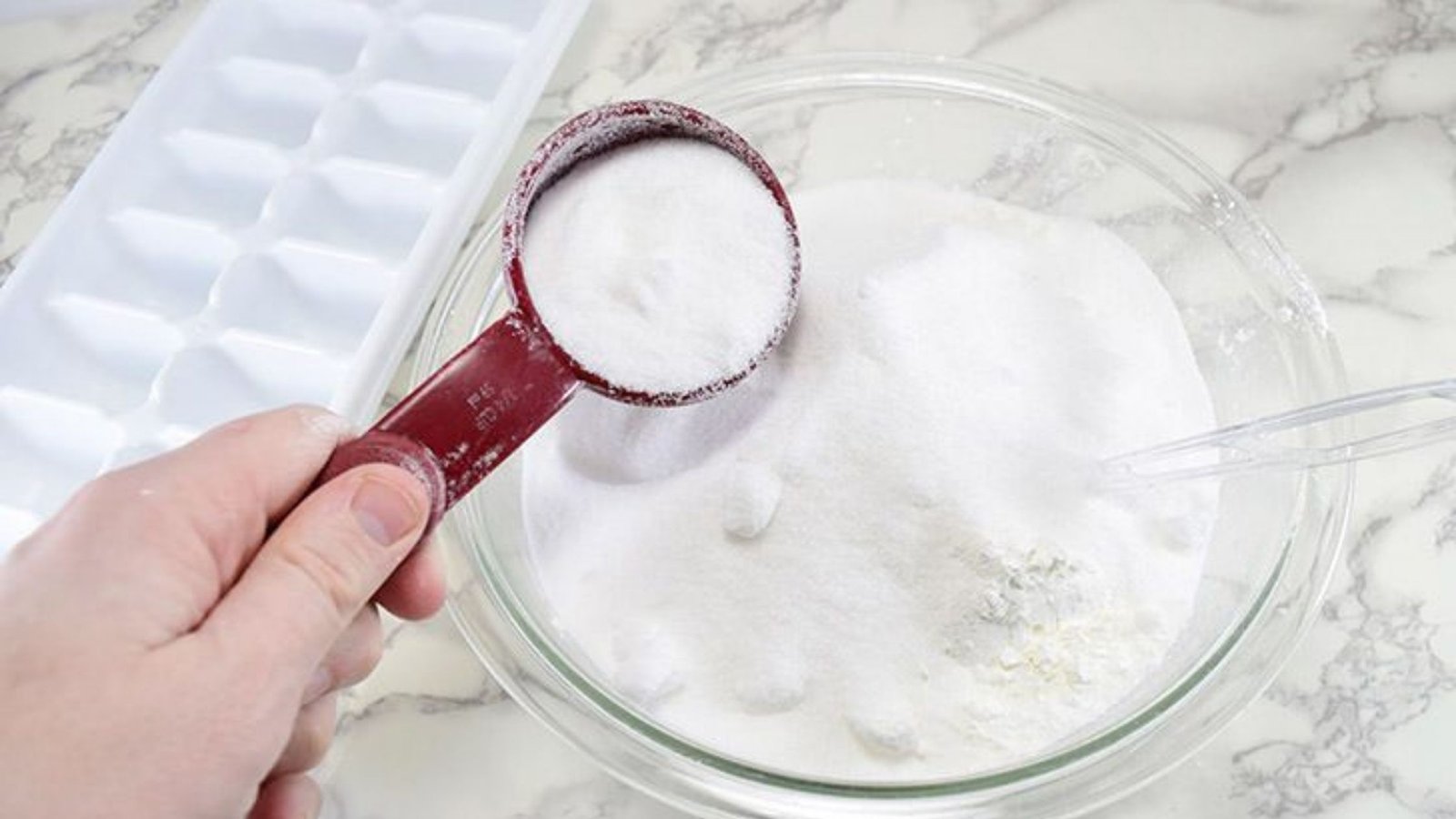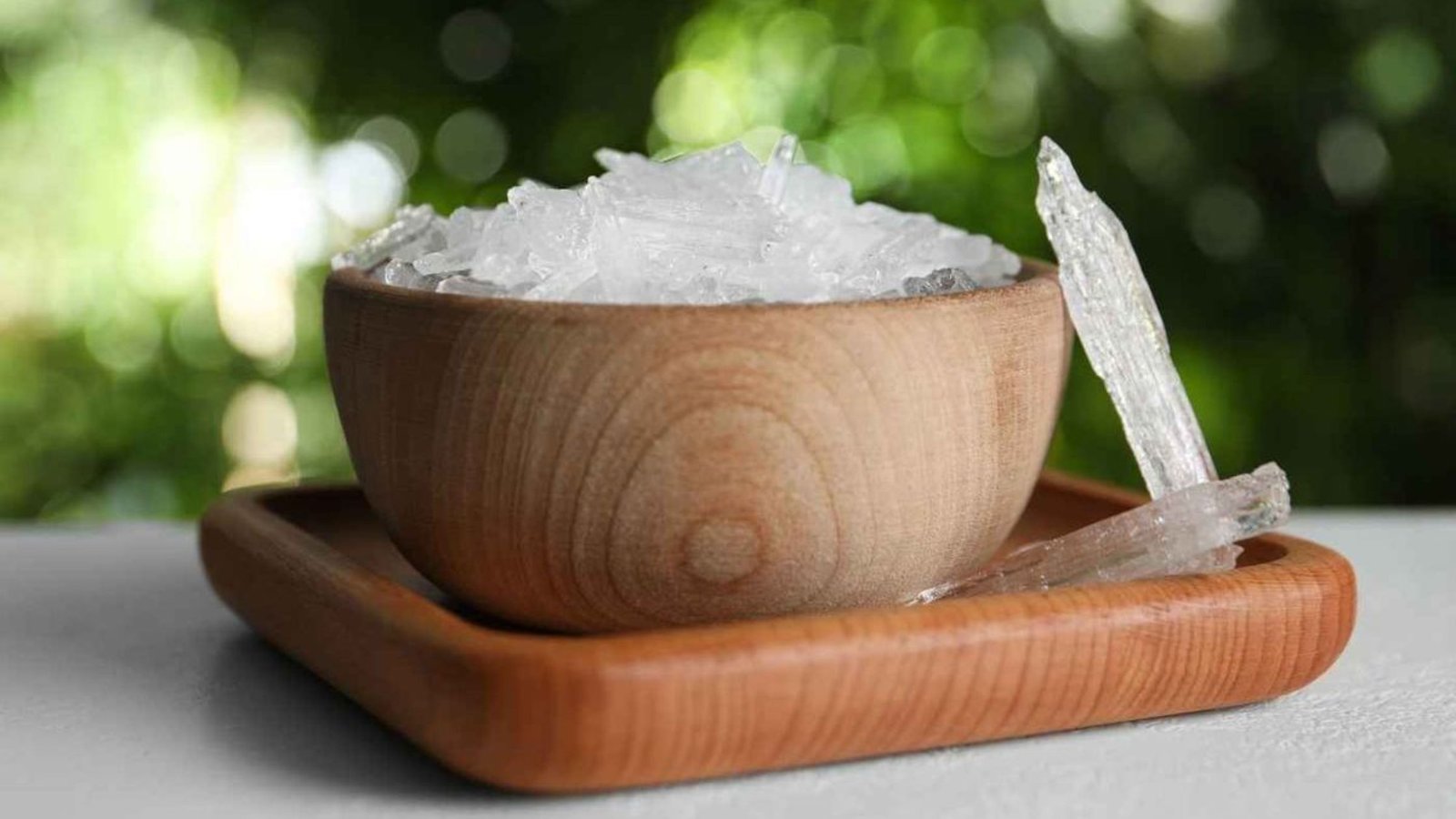
Mint Oil: Nature’s Refreshing Elixir for Health and Wellness
Imagine crushing a few fresh mint leaves between your palms. The burst of crisp aroma, the tingling coolness that follows, and the instant sense of freshness you feel—that’s mint oil in its purest form. For centuries, mint oil has been cherished not only for its refreshing qualities but also for its wide range of therapeutic and commercial uses.
From traditional remedies and culinary delights to modern pharmaceuticals and personal care products, mint oil has carved its place as one of the most versatile essential oils in the world. But what makes this oil so special, and why does it continue to be a cornerstone of wellness and industry alike? Let’s uncover its journey
What is Mint Oil?
Mint oil is a concentrated essential oil extracted primarily from peppermint (Mentha piperita) and cornmint (Mentha arvensis). It is obtained through steam distillation of the mint plant’s leaves and stems.
The oil has a clear to pale yellow color and carries a sharp, refreshing aroma with a cool undertone—thanks to its high menthol content. This cooling property makes mint oil unique and highly sought after across industries.
A Glimpse into History: Mint Oil Through the Ages
Mint has been a symbol of freshness and vitality for thousands of years. Ancient Egyptians used mint for medicinal purposes, while Greek and Roman civilizations adopted it as a digestive aid and culinary herb. In the Middle Ages, mint leaves were used to freshen breath and whiten teeth.
The extraction of mint oil on a large scale began in the 18th century, especially in Europe and Asia, when distillation techniques improved. Since then, mint oil has been an indispensable ingredient in remedies, foods, and fragrances across the globe.
The Science Behind Mint Oil’s Power
The magic of mint oil lies in its chemical composition. The main component is menthol, which gives mint oil its cooling and soothing properties. Other compounds like menthone, limonene, and menthyl acetate add to its therapeutic benefits and refreshing aroma.
When applied topically, inhaled, or ingested in safe quantities, mint oil stimulates the body’s sensory receptors, creating feelings of coolness, relief, and alertness. This explains why mint oil is equally valued in traditional medicine and modern industries.
Key Benefits and Uses of Mint Oil
1. Health and Wellness-

2. Personal Care & Cosmetics-

3. Food & Beverages-

4. Industrial Applications-

Our Brand’s Legacy: Leading the Mint Oil Industry
Behind every drop of premium-quality mint oil is a story of experience and commitment.
As pioneers in the manufacture of Menthol Crystals, Mint Oils, and Essential Oils, we have been setting industry benchmarks for over 40 years. What began as a trusted supplier for major Indian consumers has now expanded to 45+ international markets, making us a globally recognized name in the mint industry
Why Partner With Us:
- Advanced facilities that meet international quality standards
- Globally recognized certifications EU-GMP, WHO-GMP, ISO 22000:2005, FSSAI, KOSHER, and HALAL
- Vision and Mission To grow strategically, leveraging our expertise, customer network, and production strength to build a Hallmark of Quality and Reliability
Our mint oil is more than just an ingredient, it’s a promise of purity, consistency, and excellence.
Commitment to Quality and Sustainability
We believe that true leadership comes with responsibility. That’s why our mint oil production emphasizes ethical sourcing from trusted growers, eco-friendly manufacturing processes, and support for communities involved in cultivation and distillation.
This balance of tradition, technology, and responsibility has made us a reliable name in both Indian and global markets.
Fun Facts About Mint Oil
1. One of the oldest essential oils- used in medicine, dating back over 3,000 years.
2. Cool even when hot- mint tea gives a refreshing effect despite being served warm
3. A universal favorite- mint flavor ranks among the top three most popular flavors worldwide
How to Use Mint Oil Safely
Because mint oil is so concentrated, it should always be used carefully:
- Dilute before applying to the skin using carrier oils like coconut or almond oil.
- Use sparingly in recipes just a drop or two is enough for strong flavor.
- Avoid direct contact with eyes and sensitive areas.
- Consult a doctor before using it for children, pregnant women, or in medicinal doses
The Future of Mint Oil
With rising global demand for natural, multipurpose, and eco-friendly products, mint oil is set to play an even greater role in industries. From advanced pharmaceutical research to sustainable personal care products, the applications of mint oil are expanding every year.
As wellness trends continue to embrace natural remedies and aromatherapy, mint oil remains a timeless choice that bridges tradition and modern innovation.
Conclusion
For us, mint oil represents more than just a product. It symbolizes four decades of expertise, global leadership, and an unshakable commitment to quality and sustainability. With customers in over 45 countries and state-of-the-art certified facilities, we are proud to be among the most trusted names in the mint oil industry.
So the next time you savor a peppermint candy, enjoy the freshness of your toothpaste, or breathe in the aroma of mint tea, remember, behind that refreshing coolness lies the timeless magic of mint oil, crafted with care and expertise.